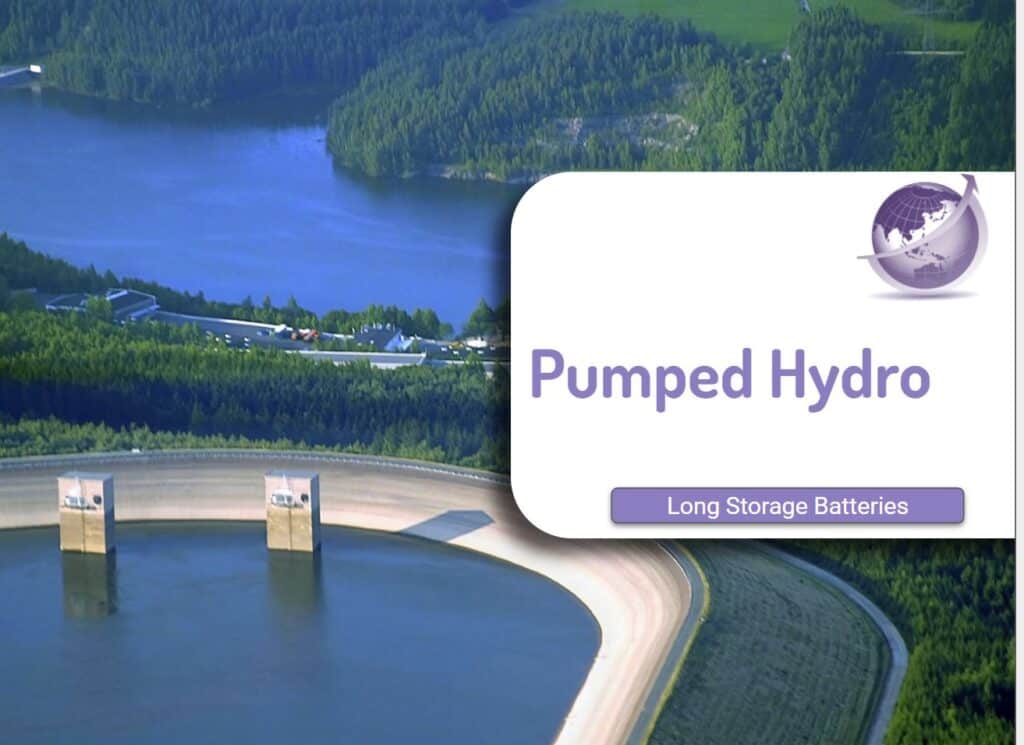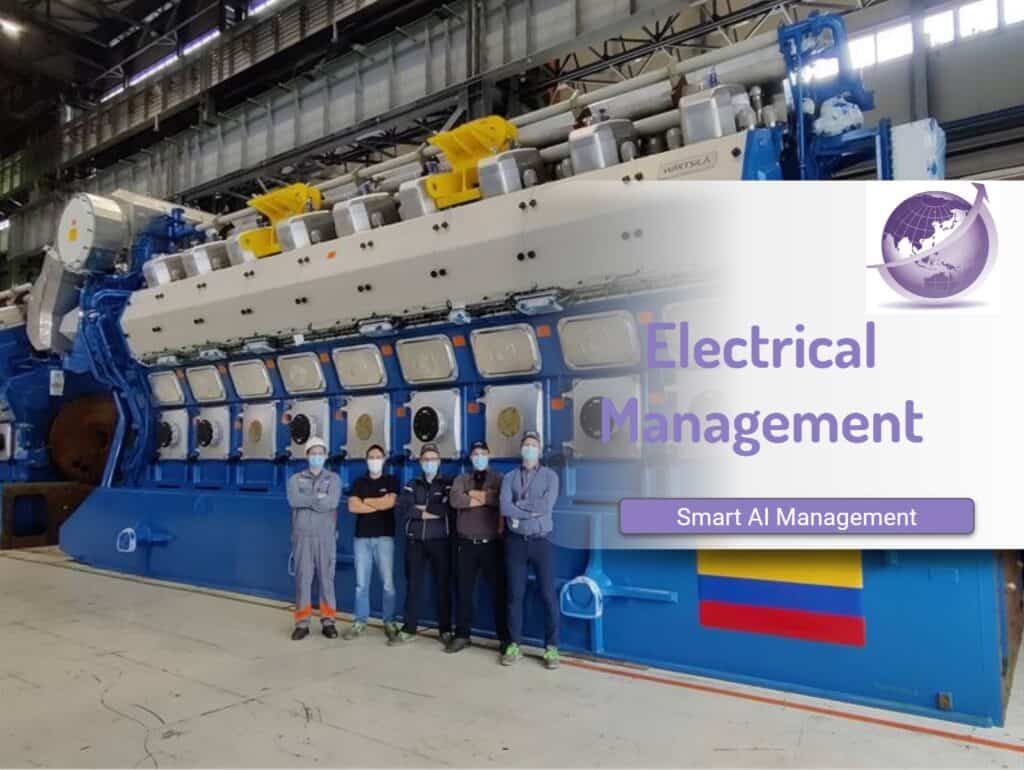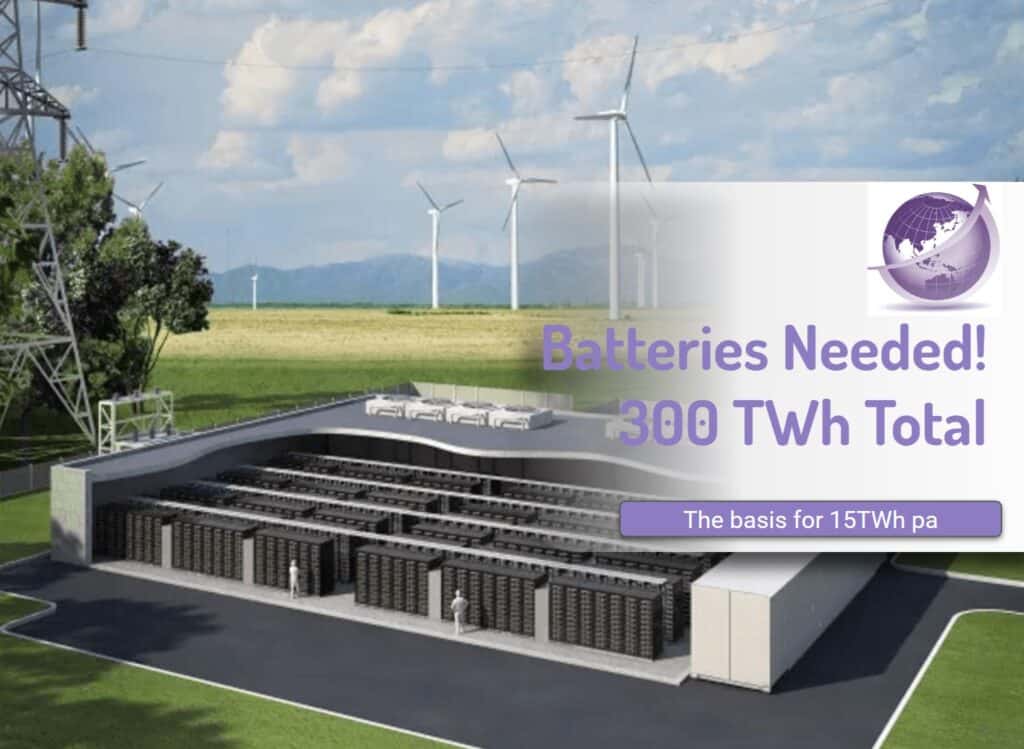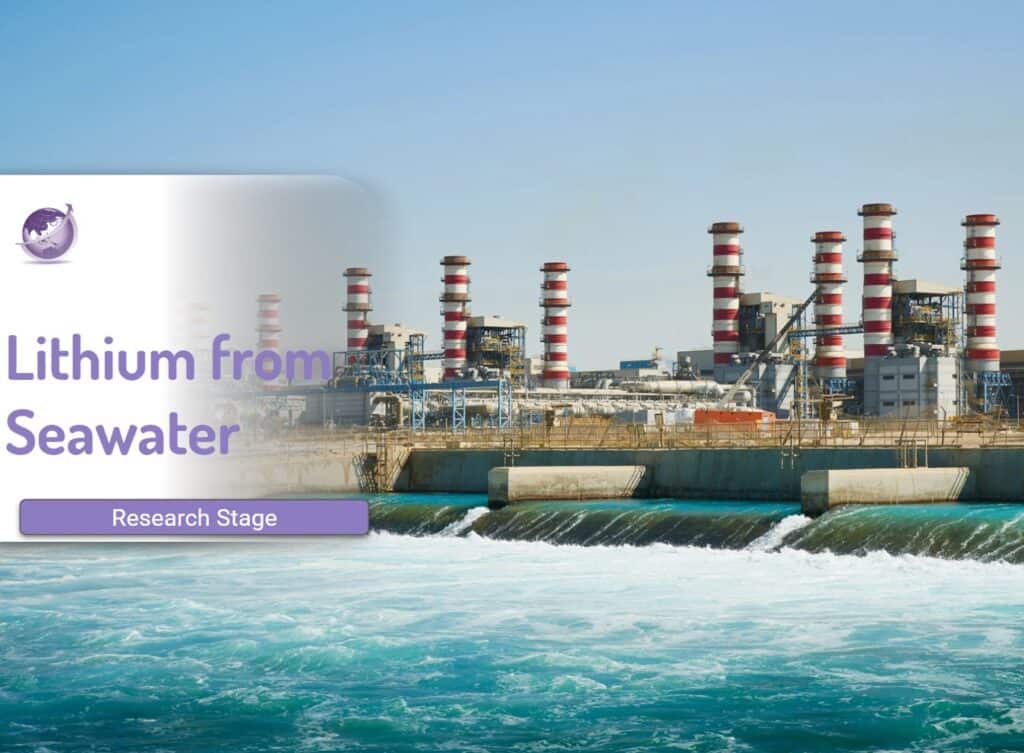Gravity batteries with heavy blocks, with water, sand, elevators or trains are a scam. There has been plenty of media, financial wheeling and dealing but it pays to go back to first principles and look at the energy that can be stored and moved.
Michard Barnard in the article Gravity Storage 101 Or Why Pumped Hydro Is The Only Remotely Real Gravity Storage from CleanTechnica has a scathing review. It is simple maths. He provides an example.
- A 1 tonne (1,000kg) block
- Life 100 meters. Nice round, simple numbers.
- Energy is 1,000 kg * 9.8 m/s^2 * 100 m = 980,000 joules.
- A million joules = 0.277778 kWh.
- A Tesla needs about 14.4 kWh to travel 100 kilometers
- Therefore this 1,000 kg block moving down 100 meters is enough to drive a Tesla just under two kilometers
- Or enough to boil a pot of water. (or 30 pots of water)
- Compare with a Tesla Megapack XL – 1 container size with 1MW/4MWh. (14,000 more stored energy)
Energy Vault
Energy Vault is the first off the blocks and funded via a SPAC to build gravity blocks with heavy blocks. These heavy blocks weigh 30 tonnes. Blocks are recyclable. Waste mining materials are locally sourced. Gravity and kenetic energy provides the underlying technology. The physics is similar in concept to pumped hydro but has lower capital cost and more operational automation.
Energy Vault completed the mechanical construction of the first of its kind, grid-scale unit located in Switzerland (Ticino). This commercial-scale system is a 1:4 scale pilot system . Validation of building with all core technology elements occurred in 2018. The project connects to the Swiss national utility grid and is undergoing testing and software commissioning.

Warning: Much hype. (See AFR) The potential for Energy Vault’s gravity-based, building block storage technology has attracted some of the world’s biggest participants in the decarbonisation journey – Saudi Aramco, BHP and now Korea Zinc. The Swiss company says they have a potential of $US32 billion ($44.6 billion) of projects using the technology. Deployment may take five-10 years.
Gravity Batteries in Large Sites
Energy Vault is completing two units. They are located near Shanghai in China and Texas in the United States. (Interesting Engineering report in April 2023)


- Energy Vault batteries are proprietary and made from ultra-low-cost materials such as cement/polymer-based composites.
- These materials include soil, mine tailings, coal ash, incinerated city waste, and other remediation materials.
- The density of the materials is up to 2 times greater than water.
- The project is with China Tianying, a waste management and recycling company.
- Designed with energy storage capacity of 100 MWh.
Texas Site
The gravity battery pilot for Texas is for energy firm Enel with a 460-foot-tall structure. The total capacity of the project will stand at 36MWh.
| Company | Stage | Web Site, more information |
|---|---|---|
| Energy Vault | First Commercial, building first 100MWh plant | Energy Vault |
| Gravitricity | Pilot. Crowd funding During 2021 successfully constructed, commissioned, and operated a 250kW, grid-connected demonstration project using a 15 metre high rig at the Port of Leith, Edinburgh. The demonstrator uses two 25-tonnes weights suspended by steel cables. Scoping out disused mines that have deep shafts | Gravitricity |
| Gravity Power | Gravity Power is just a small step away from pumped hydro. They dig a deep shaft, using standard technology from the mining industry, then build a piston of reinforced rock in the shaft. They add water and cap it, creating a closed loop system, with no additional water required. It uses renewable energy to pump water under a heavy piston and lift it. When power is needed, the piston weight is released, forcing the water through a hydroelectric generator. Watch their video here. https://www.gravitypower.net/ | Gravity Power |
| New Energy Let’s Go | They use hydraulic lifting of a large rock mass. Using electrical pumps, as already used today in pumped storage power plants, water is pumped beneath a movable rock piston, thereby lifting the rock mass. During times of insufficient generation of renewable power, the water which is under high pressure from the rock mass, is routed to a turbine, as in conventional hydroelectric plants, and generates electricity using a generator. The company is looking for a buy – the inventor Heindl Energy GmbH ran out of money. | Lets Go |

Cost of Gravity Batteries
Gravimetric did a report in 2019 that showed construction, running costs, and maintenance were :
- Gravity storage = for 25-year project, estimated = $171 MWh
- Lifetime cost for lithium-ion batteries = $367
- Flow batteries = $274 MWh (for more on flow batteries, click here)
Conclusion
The numbers do not stack up. For a huge building, you can buy a Tesla Megapack and store in the corner of the parking lot for one of these devices. And that single megapack stores hundreds more kWh than the huge structure.









